This is an odd book: interesting, informative, intelligent, but still decidedly odd. It is a history of the Victorian era which almost entirely eschews wars and imperial adventures and concentrates instead on the social, political and intellectual climate of the times. This is still a vast spectrum. Simon Heffer concludes that he must decide which facets deserve attention and picks out those which interest and entertain him most; hence the occasional oddity. Can the building of the Albert Memorial really be worth 30 pages? Or the conflict over the style of architecture to be adopted for the new government buildings in Whitehall be worth 20?
Fortunately, Heffer is not only interested and entertained by these relatively peripheral issues but contrives also to interest and entertain the reader. The battle between Lord Palmerston and the architect George Gilbert Scott over the new Foreign Office and War Office buildings is described in fascinating detail. Scott was a splendidly rambunctious character, but he met his match in Palmerston.
Scott was the champion of Gothic architecture, because, he claimed, it was the national style. ‘If that theory of nationalities is to be carried out in our public buildings,’ complained Palmerston, ‘the Secretary for India … should be lodged in a pagoda or a taj-mahal.’ In his opinion Scott’s Foreign Office would be ‘going back to the barbarism of the Dark Ages for a building which ought to belong to the times in which we live’. This, claimed Scott, was ‘a quantity of poor buffoonery which only Lord Palmerston’s age permitted’. He refused to be driven from the field: ‘To resign,’he wrote, ‘would be to give up a sort of property which Providence had placed in the hands of my family.’
He confounded Palmerston by accepting the challenge and designing the new buildings in the classical style, with only a few details betraying his Gothic leanings. The architectural student will have to visit the Midland Hotel at St Pancras if he wants to see something like the Foreign Office that Scott had envisaged.
Heffer’s thesis is that the 40-odd years between 1838 and 1880 marked a turning point in British history. They saw ‘the final transformation of a feudal nation into an industrial, democratic one’, and the triumph of the serious-minded progressives over the self-interested reactionaries. One could argue that the first great victory had been won in 1832 with the Great Reform Bill and that, once this breach had been made, the floodgates of change could never be closed; but certainly the transformation of Britain in the first 40 years of Queen Victoria’s reign was dramatic and almost entirely for the better. In the early 1840s Engels predicted confidently that ‘before too long … there must break out a Revolution in comparison with which the French Revolution … will prove to have been child’s play.’ By 1880 Britain was as stable as — perhaps more stable than — any country in Europe.
Heffer’s heroes are above all the liberal writers and thinkers: Arnold of Rugby, Arthur Hugh Clough, Lord Ashley, Darwin, Charles Kingsley, Cobden, Bright — the list is endless. Lytton Strachey mocked Arnold as a humourless prig, but he was also the quintessence of the high-minded Victorian whom Heffer sees as being the driving force in the rebuilding of Britain.
In fact it was a German, Prince Albert, who was the most high-minded of them all. He wrote to Ashley expressing ‘the sincere interest which the Queen and myself feel for the welfare and comfort of the working classes.’ If he had followed his own inclinations he would have proselytised openly in the cause of reform. Victoria herself was hardly a paragon of reforming zeal; it was thanks to her husband that she never became a bulwark for the forces of reaction.
Much of the period was dominated politically by the rivalry between Gladstone and Disraeli. Heffer makes it abundantly clear where his sympathies lie. ‘In his second ministry,’ he writes,
Gladstone would once more bring to bear all the Arnoldian virtues that informed his humanity as a statesman. If Culture and Anarchy [Arnold’s political manifesto] had been a blueprint for the humane and wise governance and civilisation of a people, Gladstone was the finest imaginable man to implement it.
Disraeli, on the other hand, was a self-interested trickster. The little social reform that he introduced was not his doing at all, but was owed entirely to the efforts of Richard Cross and a few other progressive ministers. Even his celebrated attack onthe Liberal front bench, describing its occupants as resembling ‘a range of exhausted volcanoes’, is dismissed by Heffer as being ‘not only a party speech, but a weak one’.
This is a stimulating and thoroughly enjoyable book. Heffer makes some excellent jokes. not least in the illustrations, where a strikingly lugubrious photograph of the Queen and her husband is captioned ‘Victoria and Albert in typically upbeat mood.’ He is sometimes tendentious but never unreasonable, writes notably well and provides an admirable introduction to a period of history which many of us will think that we know quite well but have never considered from this point of view before.
Got something to add? Join the discussion and comment below.
Get 10 issues for just $10
Subscribe to The Spectator Australia today for the next 10 magazine issues, plus full online access, for just $10.
Available from the Spectator Bookshop, £23.95. Tel: 08340 600033
You might disagree with half of it, but you’ll enjoy reading all of it. Try your first month for free, then just $2 a week for the remainder of your first year.

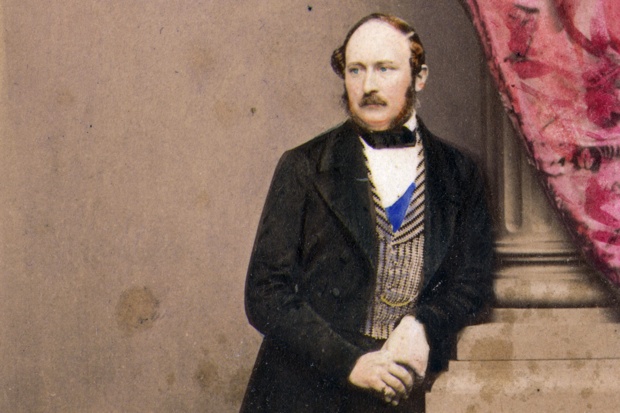
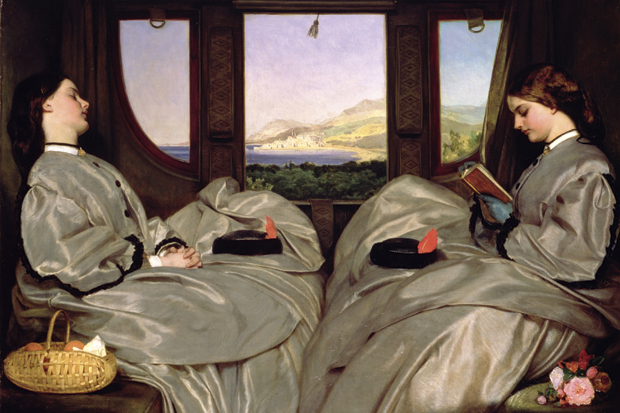
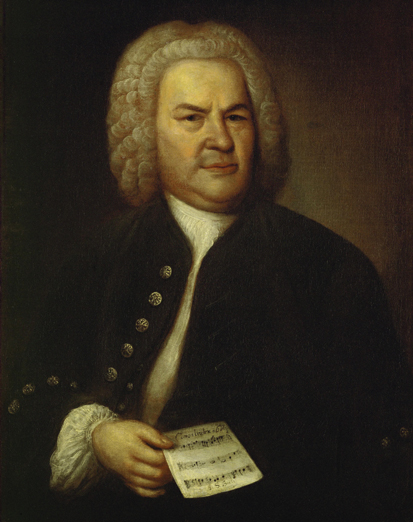
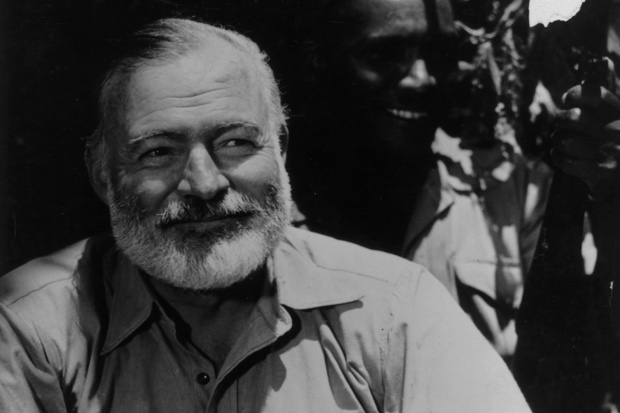
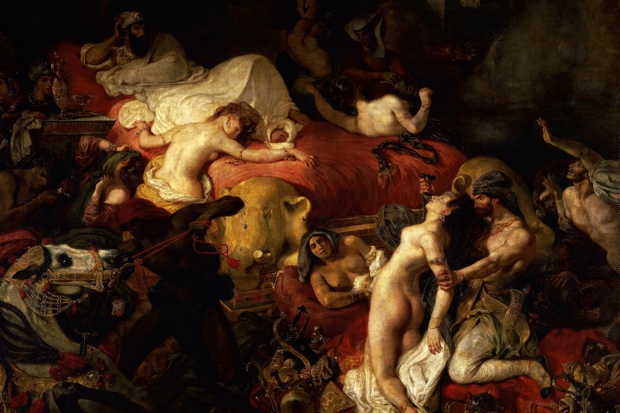








Comments
Don't miss out
Join the conversation with other Spectator Australia readers. Subscribe to leave a comment.
SUBSCRIBEAlready a subscriber? Log in